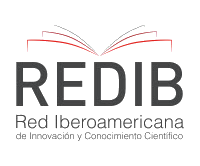The teaching of foreign languages: Dogmatism or eclecticism
##plugins.themes.bootstrap3.article.main##
Ideally, the used materials to the process of teaching-learning foreign languages is determined by a specific linguistic approach that generates one or more methodologies that indicates the activities planning that need to be developed in the classroom.
The design and production of those materials are controlled by the editorials (specially multinational companies) which dispute the market by fulling it with "new" texts, making use of all possible advertisement media to control it. This, of course, put the teacher on the spot of selecting the "book guide", which sometimes identifies or reflect an approach and methodology well supported, some others, reflect the changes that are owing to more parameters of economic profitability than to concepts of applied linguistics.
Downloads
##plugins.themes.bootstrap3.article.details##
Antony, E M (1972). Approach, Method and Technique. Teaching English as a second language, Bombay. 1972. Pag. 4-5.
Bolinger, D L (1972). The theorist and the language teacher. Teaching English as a second language, Bombay, 1972. Pág. 20 36.
Ciiastain, K (1972). Behavioristic and Cognitive Approaches in programme instruction. Teaching English as a Second language, Bombay (1972). Pág. 49-59.
Mackey, F W (1978). Language teaching Analysis. Sexta edición. Hong-Kong, Longman, 1978.
Spolky, A (1972). Attitudinal aspectos of second language learning. Teaching English a second language, Bombay, 1972. Pág. 403 - 413.














